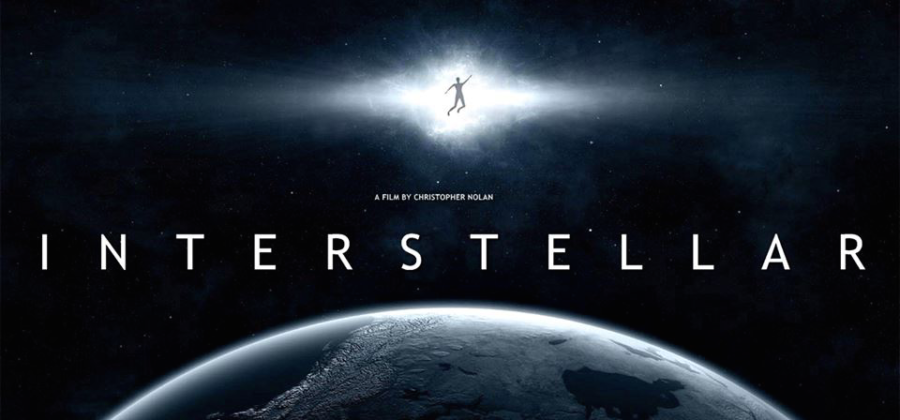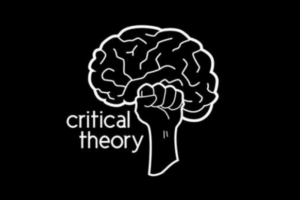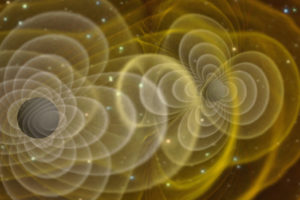*Spoilers ahead*
‘We are the bridge!’ ~ Cooper
I had been reading Nietzsche for my Christmas/New Year ‘holiday’ reading this year, and when I heard the above line when I caught the last showing of Interstellar (as highly recommended by Jamie Smith earlier on this blog) in the cinema, I had somewhat of a shiver down my spine.
It reminded me of Nietzsche’s metaphor in Thus Spoke Zarathustra (Prologue, 4):
Man is a rope stretched between the animal and the Superman/Overman (Übermensch) — a rope over an abyss.
A dangerous crossing, a dangerous wayfaring, a dangerous looking-back, a dangerous trembling and halting.
What is great in man is that he is a bridge and not an end/goal.
From my own Google search, I can’t find any discussion about Interstellar and Nietzschean philosophy, but I think the fact that Matthew McConaughey’s character Cooper was in The Tesseract when he exclaimed that ‘we are the bridge’ can be interpreted in light of the aphorism above:
- Isn’t this Tesseract, where ultooper arrived through falling into a black-hole, precisely a state which exists over a kind of abyss?
- Isn’t the trans-dimensional Tesseract, ‘a dangerous crossing’ or ‘wayfaring’?
- Was Cooper not exactly ‘looking-back’ through time and space back at Murph’s bedroom?
- Was he not ‘trembling’ or ‘halting’ the past?
Most interestingly, Cooper said that ‘we are the bridge’ precisely as he realised (or speculated) that the mysterious ‘They’ throughout the movie were in fact future humans (or indeed super-humans) — perhaps he was indeed declaring, like Nietzsche, that humans were some kind of ‘a bridge and not a goal’, a link between the animal and the future ‘Super-human’?
*
I am not going to suggest that Interstellar is really about the Nietzschean Übermensch — although some have suggested that the movie is director Christopher Nolan’s homage to another ‘Superman’, the superhero (see here and here).
Instead, to continue from my ‘review’ last time, I shall think about Interstellar in relation to human finitude. (On a related note, some have seen Lucy, which I mentioned last time, as a reference to Nietzsche’s Übermensch: see here.)
For myself, the most interesting thing about Interstellar was not the pompous scientific notions, nor was it Anne Hathaway’s pseudo-Kantian statement that ‘love transcends time’. What I found most interesting was mainly the first half-hour of the movie: The dying earth and humanity facing extinction.
From what I remember of the one time I saw the movie, there were no animals living on earth aside from humans, or at least there apparently weren’t any plans to ‘save’ any other the earth animals aside from Homo sapiens. Throughout the movie, the characters were concerned with conserving the human species rather than any other animals from earth. Anthropocentric, not?
(Furthermore, it seemed to me that, apart from the hints of Michael Caine’s English accent, the movie was entirely American — there were no mentions of any other countries in existence, no international cooperation or any plans to save other countries… I also loved how there were mini-American flags on the astronaut suit and the American flag on Matt Damon’s planet base. Perhaps one may say the movie is as American-centric as it is anthropocentric.)
Interstellar is characterised by a modern anthropocentric aspiration to progress, it embraces the modernist belief in science and technology, and implicitly contends any kind of non-modern or non-Enlightenment principles or values. As Rebecca Cusey brilliantly puts it, the story is about ‘a man of the Enlightenment trapped in the neo-medieval world of the near future.’
There was at least a kind of scientistic ideological aspiration to progress in the movie (not unlike or unrelated to the first kind of ‘post-humanism’ I mentioned last time): It is science and scientists that ‘save’ humankind. Humanity needs to be saved (and is somehow worth saving) — at least according to the definition of the scientists.
As reflected in the Cooper character’s parenting dispositions, the movie had somewhat of a preference for (modern) technological education like engineering and applied science or indeed an outright preference for grandeur scientific exploration and progress, rather then being content with the modest farming job. We must not learn to be content with ‘being in the world’, but as celebrated by the movie, precisely ‘to leave it’.
There must be a utopia, a better world than the one where we are born. And indeed, the movie suggests there is — not only so, humanity will progress to become a more advanced being, a super-humanity that transcends the dimensions of space and time. At one might first think at the start of the movie, as Slate puts it, ‘Nolan’s universe has a God, or something like one—in this case it’s the transcendent, benevolent “They”.’ However, we later find out (or at least assume), the transcendent beings are no God, but in fact super-humans. In other words, humans become God-like — the super-human ‘They’ are quasi-divine beings that not only transcend time and space (eternal and omnipresent), they are also somewhat omniscient too (also see this brilliant review in The Atlantic). We may say that Interstellar is precisely a movie about the human utopian aspirations to become God — in a sense a Pelagianism that believes that humans can not only save themselves, but even sanctify or deify themselves into super-humans with a quasi-divine eternal and omnipresent existence.[1]
Perhaps my observations reflect my own position as a humanities student — an occupation which seems to have absolutely no worth in the Interstellar universe. My view is biased — and I want to argue that, the movie too is biased. There is a fundamentally a kind of anthropocentric modernist agenda at work behind it, a crypto-Pelagian utopian scientistic belief in progress and technological ‘improvement’ or even ‘salvation’: Interstellar is ultimately not ideologically neutral or innocent, as modern science often presents itself to be.
[1] For a comparison between Pelagianism and post-humanism, see Brent Waters, ‘From Human to Posthuman: theology and technology,’ in Human Identity at the Intersection of Science, Technology and Religion, ed. Nancey Murphy and Christopher Knight (Ashgate, 2010), 197-214.





2 Comments
Leave your reply.